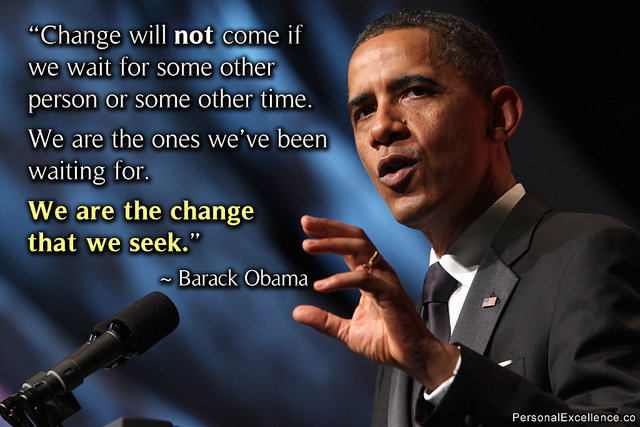Unlocking the Power of the Passive Voice: When and How to Use It
If you've ever been taught about writing, you've probably heard the advice, "Use the active voice!" It's a common refrain in classrooms and writing workshops, and it's true that the active voice often makes writing more concise and direct. However, there's another side to the story, and it involves the passive voice.
 |
| The Great Wall of China is often regarded as one of the most remarkable architectural achievements in human history |
The passive voice is a construction that flips the traditional subject-verb-object order found in active voice sentences. Instead of the subject performing the action, the subject receives the action, making the writing more complex. But before you dismiss the passive voice as something to be avoided, let's explore when and how it can be a valuable tool in your writing toolkit.





